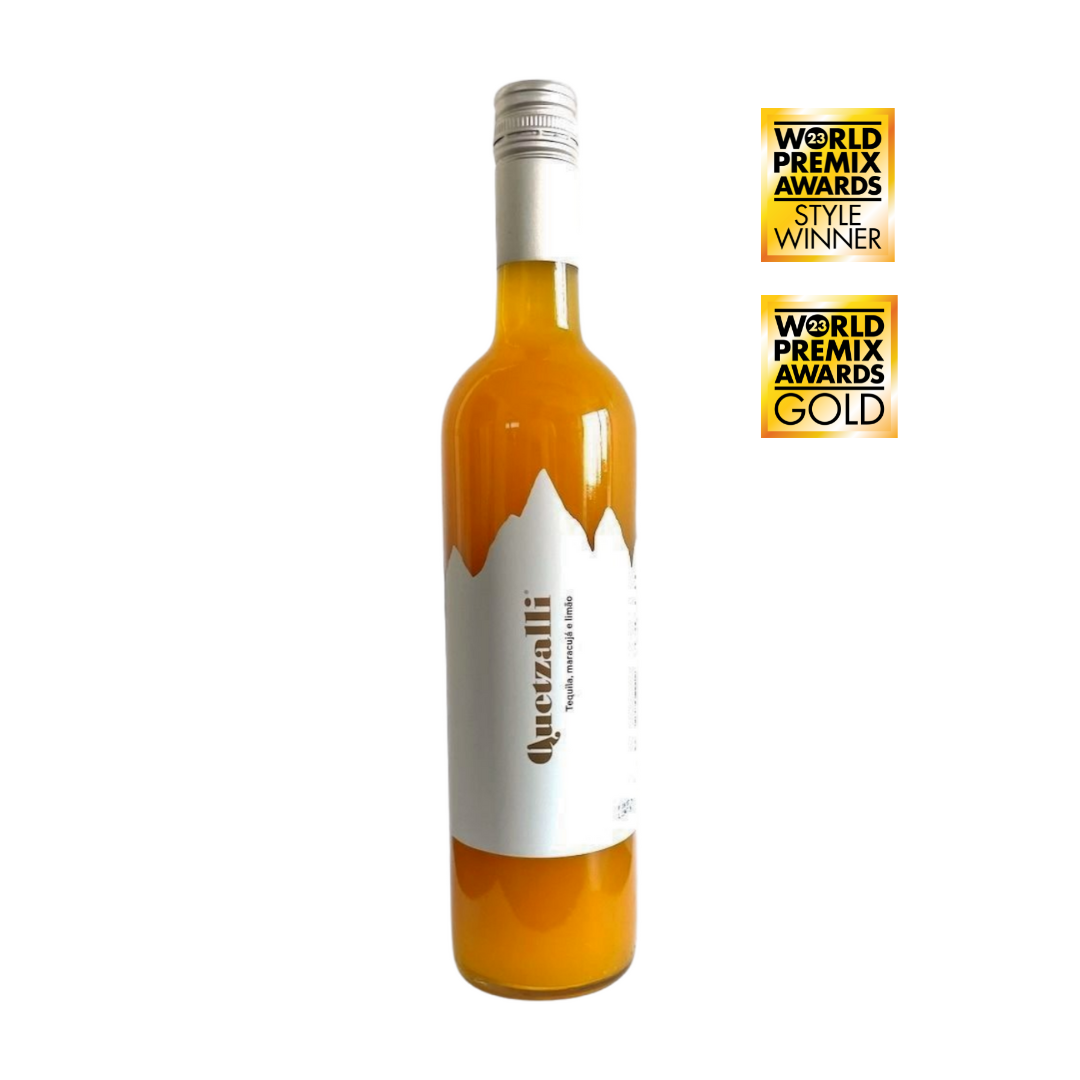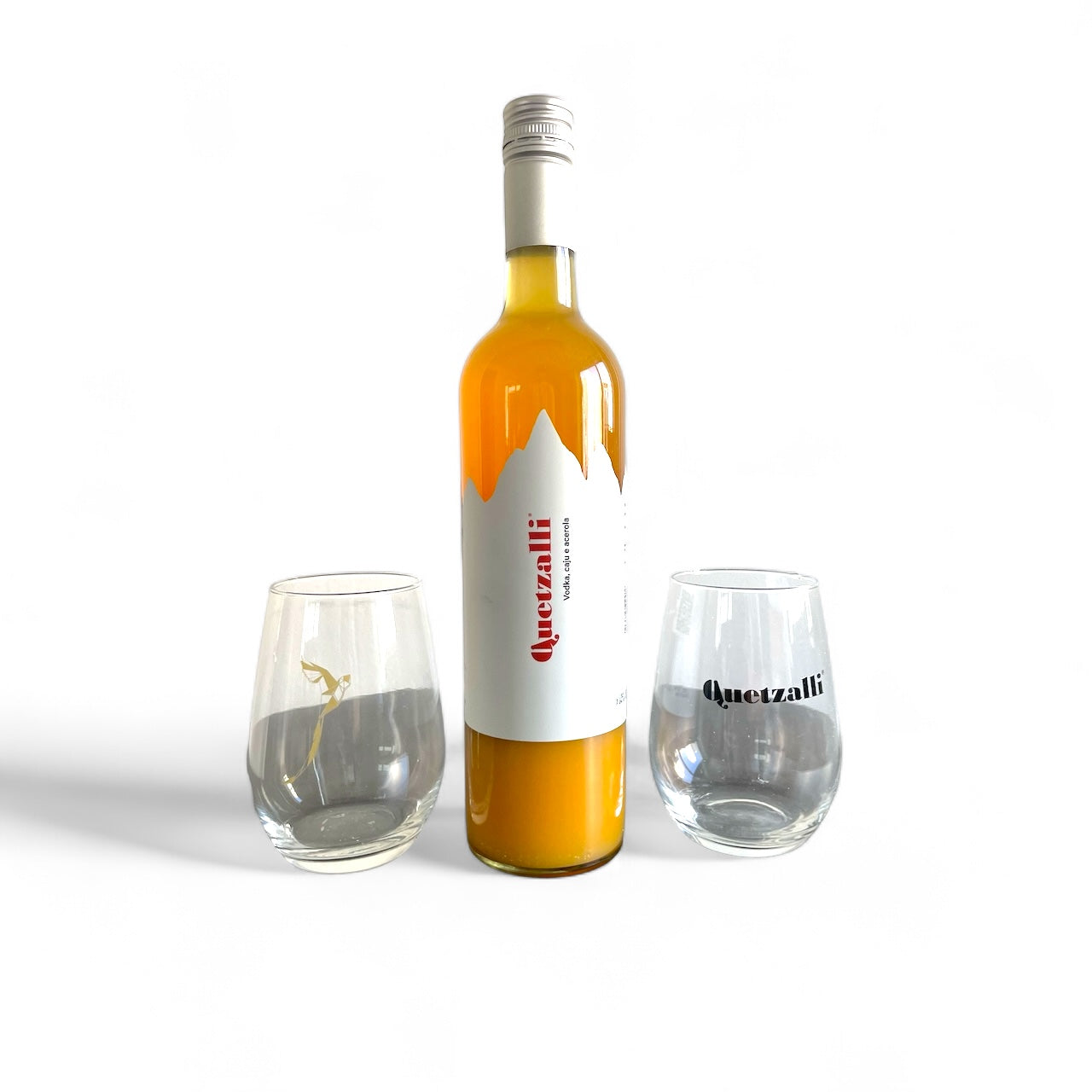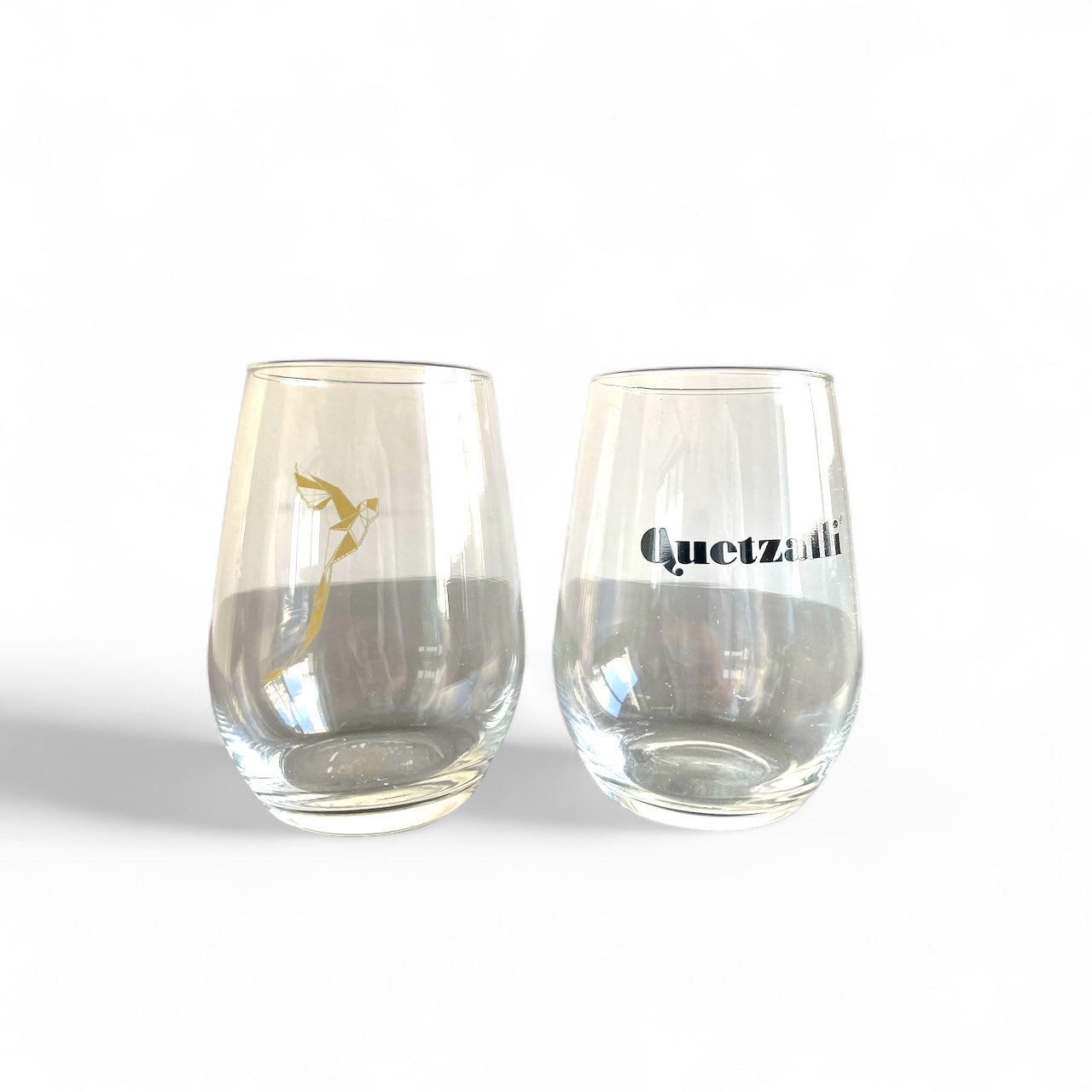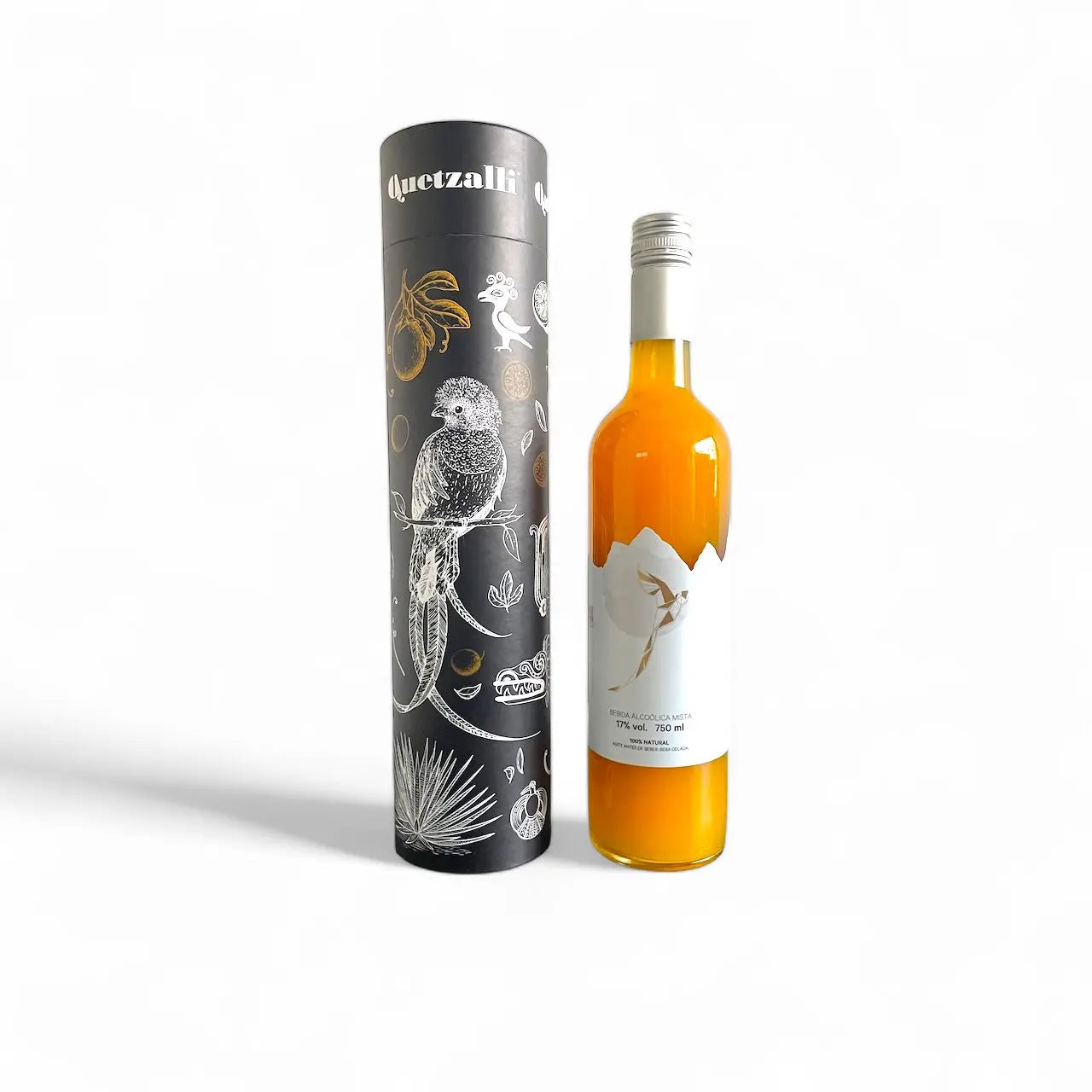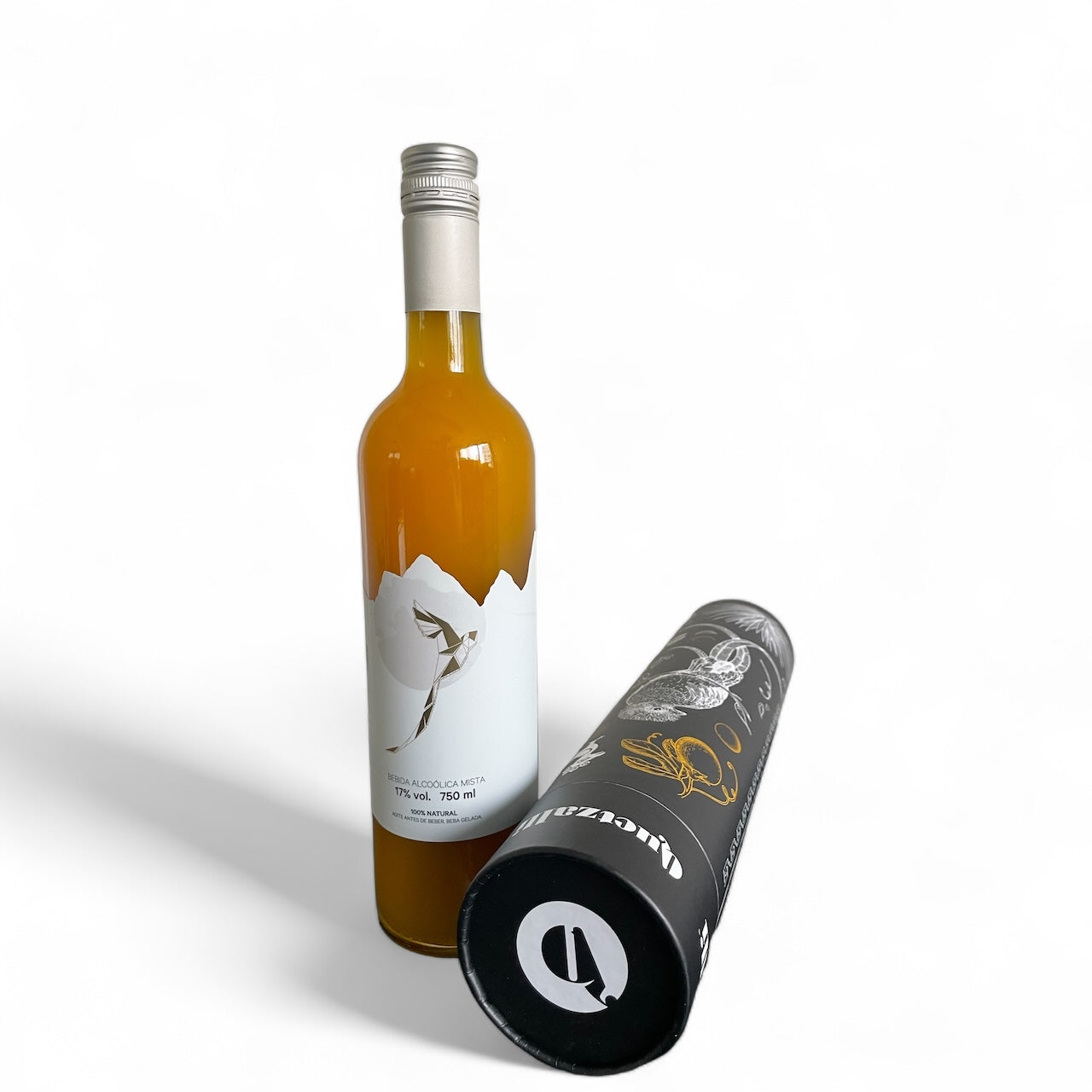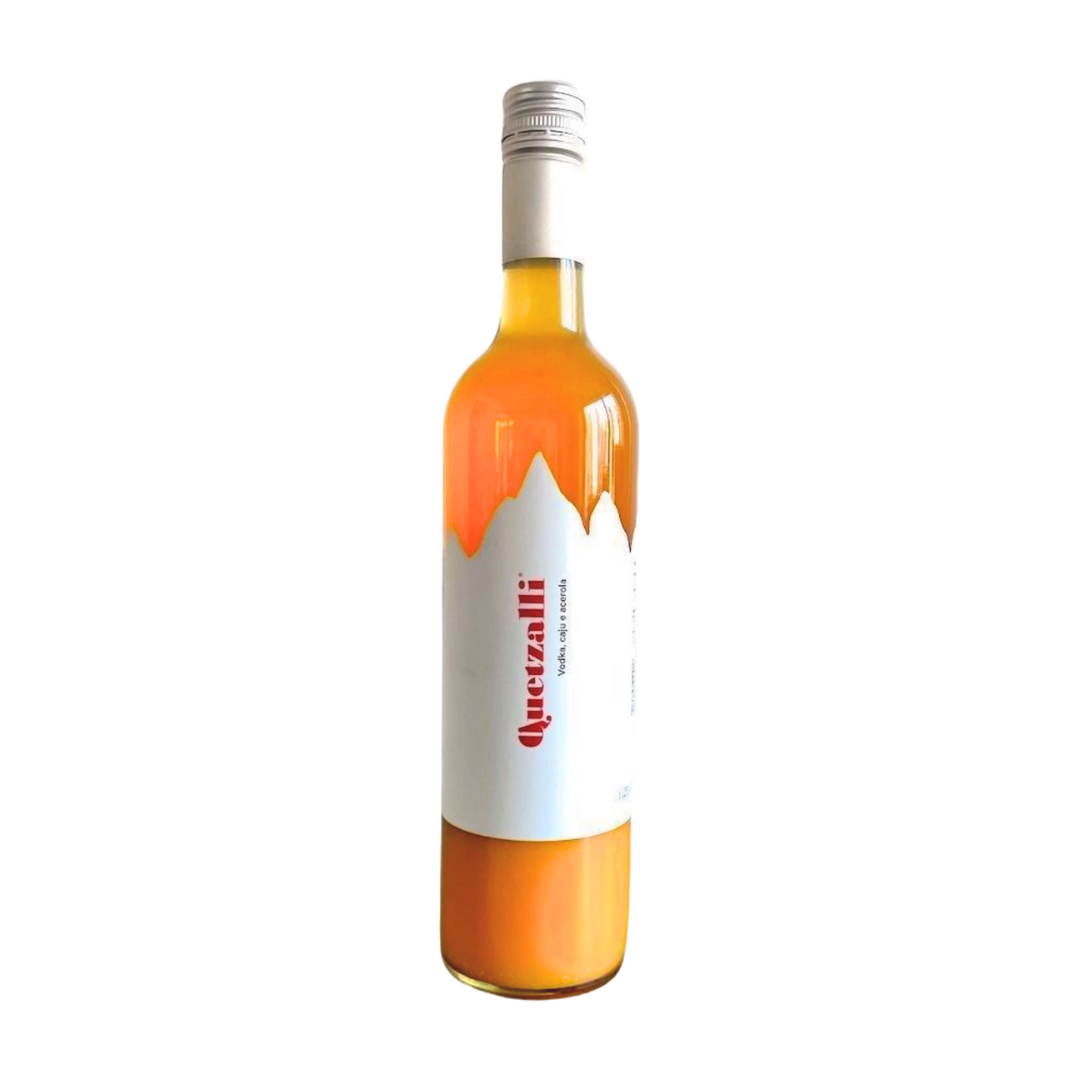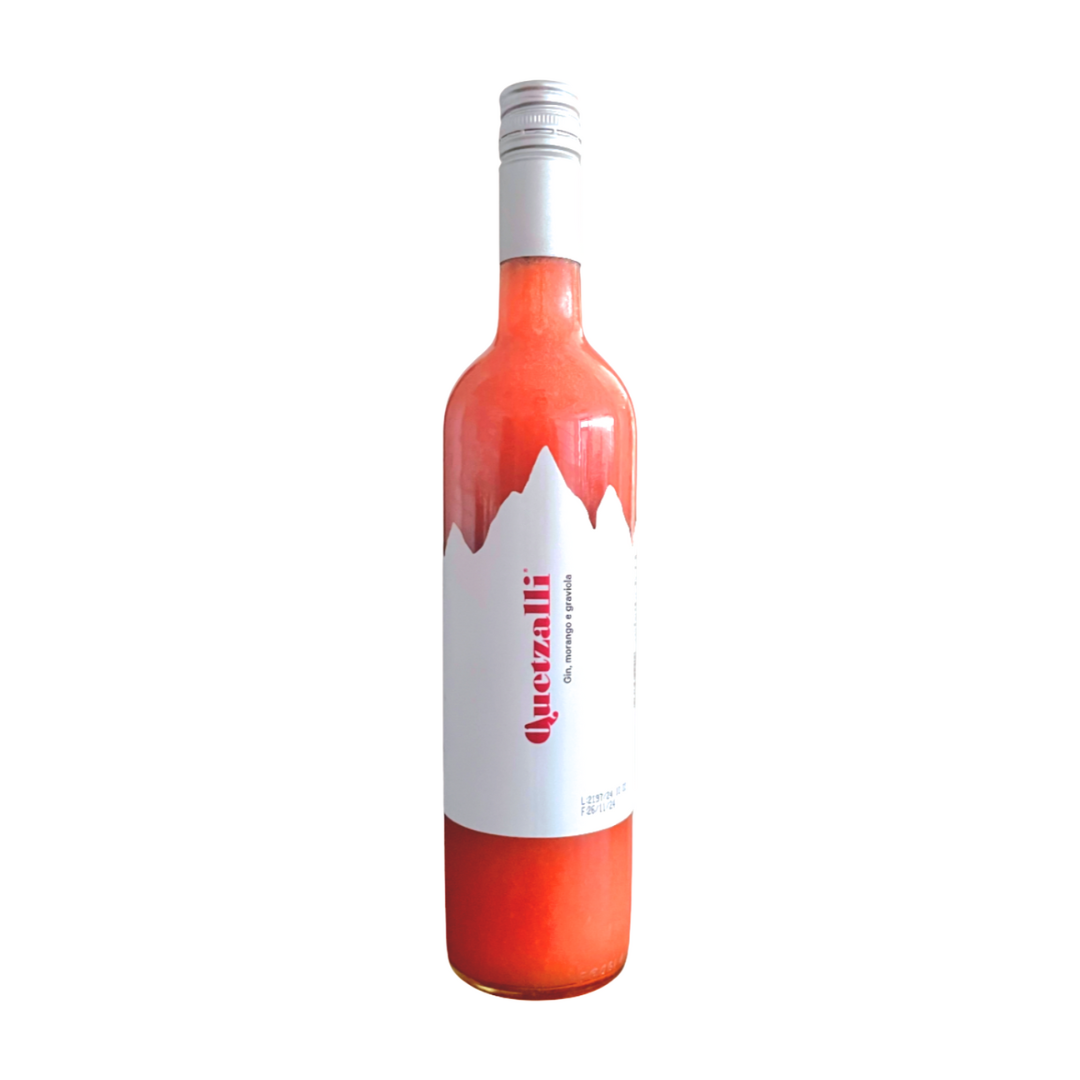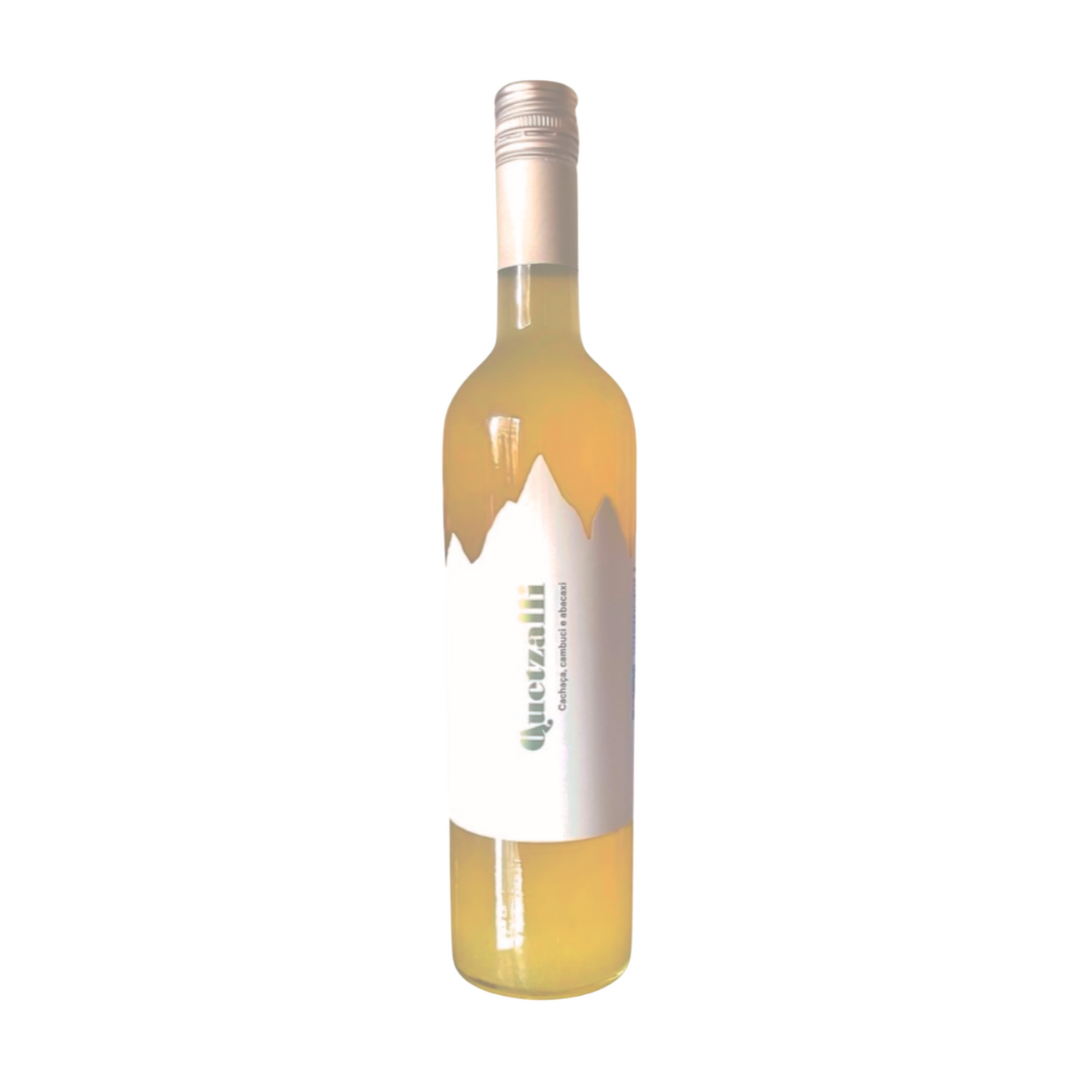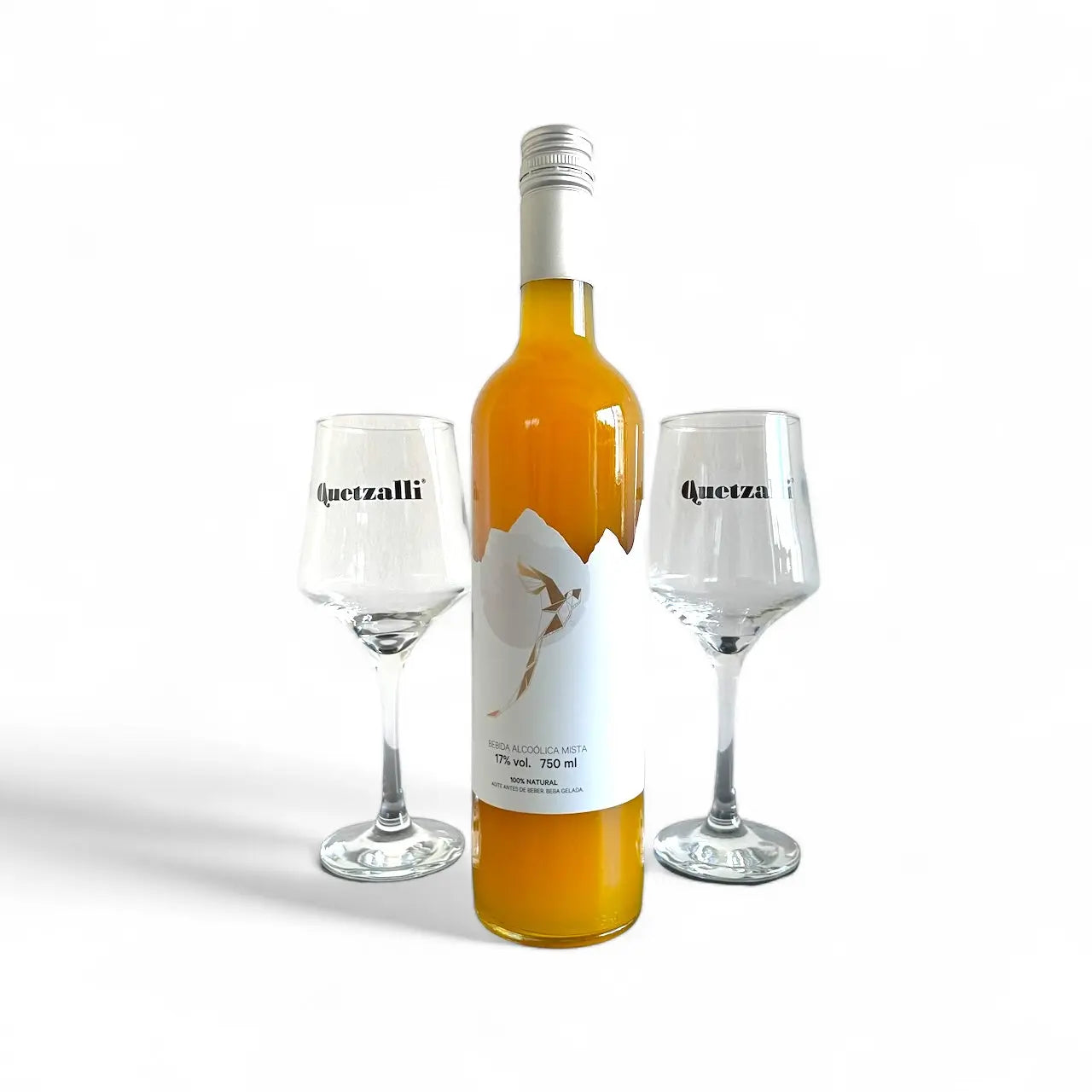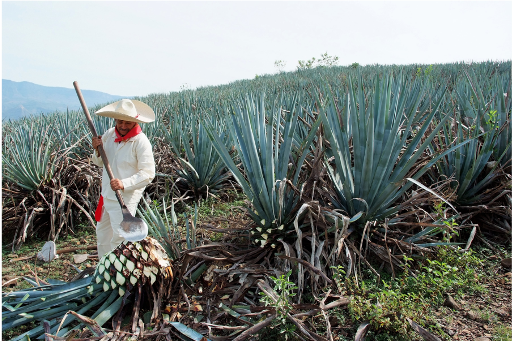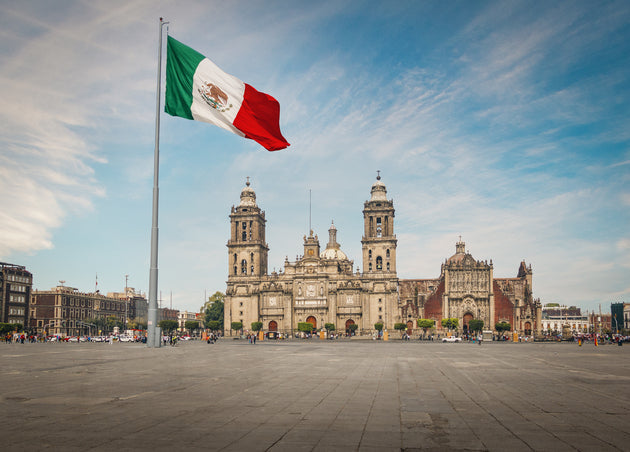For those who follow our blog, tequila is a recurring topic , as it's the main ingredient in Quetzalli . In this post, we'll briefly cover everything we know about tequila.
Let's talk about the origin of the distillate, the types of tequila that exist and also a little about the production process.
If you're interested in learning all about tequila, you can start here and then explore other posts about the drink on our blog ! Keep reading and join us on this journey.
What is the origin of tequila?
Tequila is made from a plant called Agave Tequilana Weber, or Blue Agave, as it's more commonly known. In other words, the story that tequila is made from cactus is a myth . But don't think you can make tequila in your own garden, okay? The plant only grows in arid climates or volcanic soil, and it takes many years to fully grow.
The best conditions for agave growth are found in Tequila. This city, located in the Mexican state of Jalisco, is home to the Blue Agave, and today it is home to some of the world's leading tequila factories. La Cofradia , for example, is responsible for exporting tequila to several countries.
WHAT TYPES OF TEQUILA ARE THERE?
If you think all tequila is the same, you'll be surprised by its variety. In fact, it can be classified in many ways. For example, we can consider its purity level. In this case, we have tequila and 100% agave tequila.
In 100% agave, sugars from other types of alcohol are not added during production and have a more pronounced flavor. Tequila, formerly known as mixed or blended tequila, uses corn or cane sugars before fermentation.
Another classification takes into account aging time. The longer the spirit spends in barrels, the smoother its flavor. Its color also tends to become darker. Based on this criterion, we have five types of tequila:

WHITE OR SILVER
They do not undergo aging; they can remain in contact with the oak for up to two months.

GOLD OR YOUNG
Up to 2 months of rest for mixed drinks, or a mixture of a 100% agave Blanco tequila with others with a longer rest period.

RESTED
They rest in barrels for 61 days to 12 months.

AÑEJO
Tequilas aged for at least 1 year. They are typically 100% agave.

EXTRA AGE
They spend at least 3 years resting in barrels
Tequila can also vary in taste and aroma due to specific aspects of the production process. Manufacturers may add spices that give the tequila a distinctive flavor.
HOW TEQUILA IS MADE IN 6 STEPS
In partnership with the Experience Agave website, run by expert Clayton Szczech, we've brought you basic information on how tequila is made, so you can become a true expert on this nectar of the gods (at least among your friends). Here's a step-by-step guide:
1. Cultivation and harvesting of agave
Tequila is made from the blue agave plant. This plant takes five to ten years to reach maturity, and the more mature it is, the more sugars it produces (resulting in a more flavorful tequila). Ideally, it should be cultivated for at least eight years to obtain a good-quality tequila. Blue agave is harvested by jimadores, who cut and remove the agave leaves and roots. What remains of the plant is the piña —pine cone in Spanish—its stem, which resembles a giant pineapple. A healthy, mature blue agave piña can weigh up to 45 kg and produce up to 8 liters of tequila!
2. Hydrolysis
Blue agave contains complex carbohydrates called inulin, which must be hydrolyzed to transform into a simpler, more fermentable form of sugar. This can be done in two ways:
1. Traditional method: thermally cooked, steaming the pine cones. They are placed in large brick ovens or stainless steel autoclaves to cook directly in the heat generated by the steam.
2. Diffuser: A more modern method, it allows for more tequila to be produced in less time through chemical and enzymatic reactions within the diffuser. Major brands, such as Jose Cuervo and Sauza, use this method, which reduces production costs and speeds up production (despite the loss of quality in the final product).
3. Extraction
After cooking, the agave piña is crushed and rinsed to separate the sugar from the fibers. Most processes use a series of roller mills, but some producers use a tahona , a stone wall, for extraction.
4. Fermentation
The liquid extracted from the piñas is diluted and pumped into vats or tanks with yeast that ferment the sugar and transform it into alcohol. It is at this stage that the tequila gains aroma, flavor, body, and alcohol content .
5. Distillation
The fermented liquid has a low alcohol content and is therefore distilled. Tequila can be distilled in stills or in modern distillation columns. When using stills, the tequila must be distilled twice. The first distillation produces a cloudy liquid with an alcohol content of between 20% and 25%. Distilling this liquid again produces a blanco tequila, with an alcohol content of between 35% and 55%.
6. Aging
To make aged tequilas, you need to use oak barrels. These barrels bring notes like vanilla and caramel to the final flavor. The longer the tequila is aged, the more flavor and color it acquires!
There you go! After this lesson, you can say you understand how tequila is made, whether it's blanco or extra-añejo . Now, grab your shot, or your Quetzalli drink , enjoy in moderation, and don't down the shot in one gulp ;)
To learn more about tequila, check out our blog section dedicated to this spirit !


